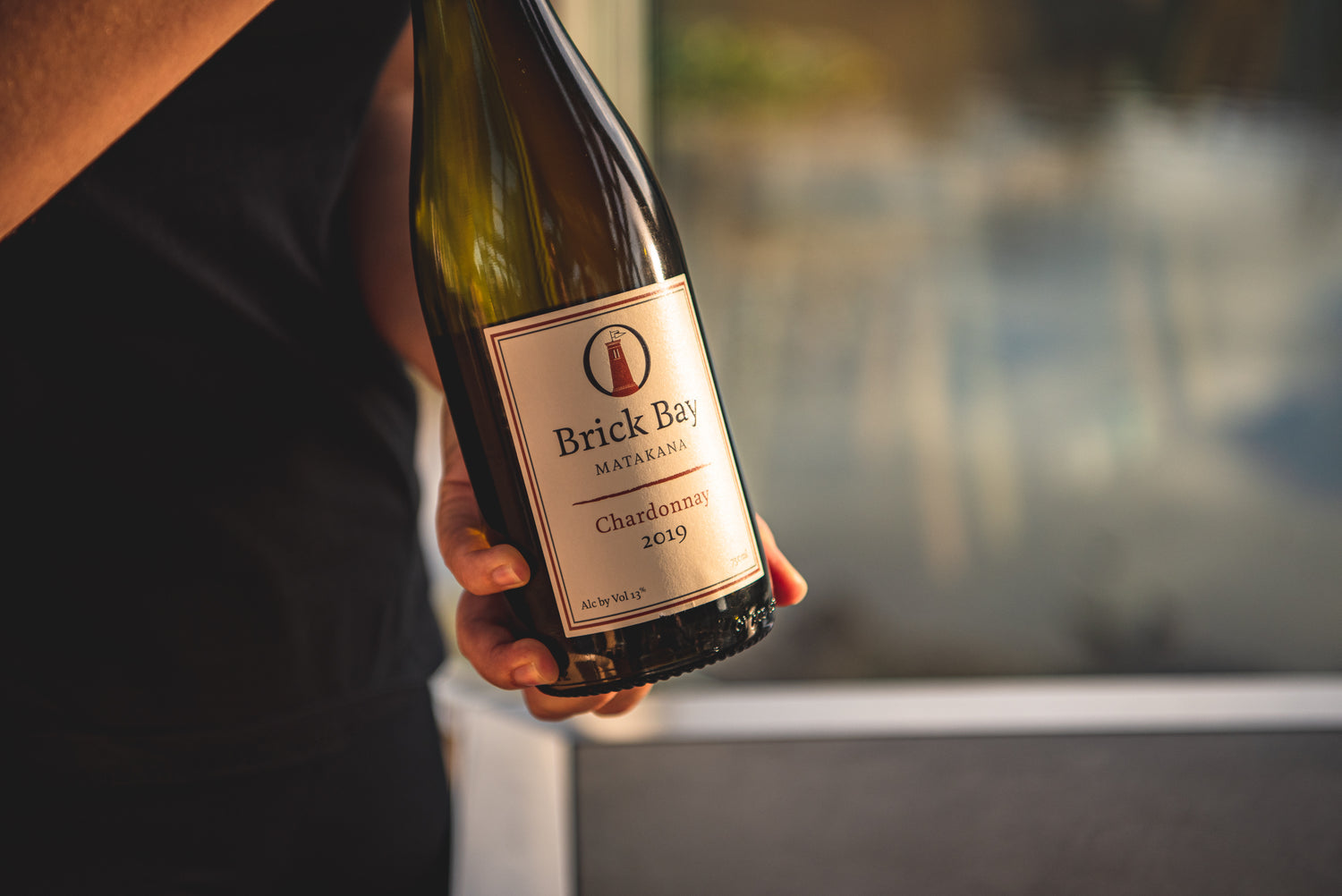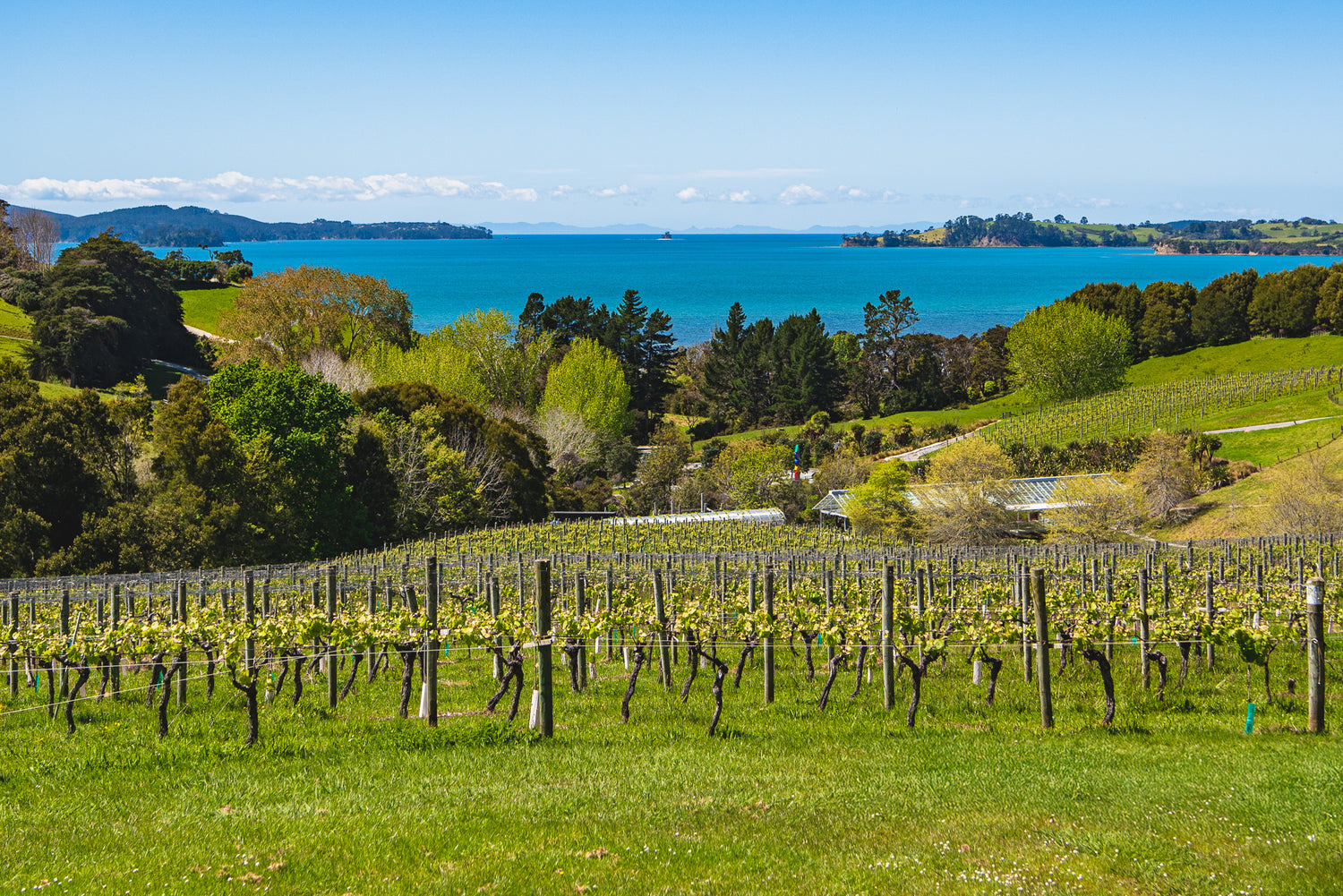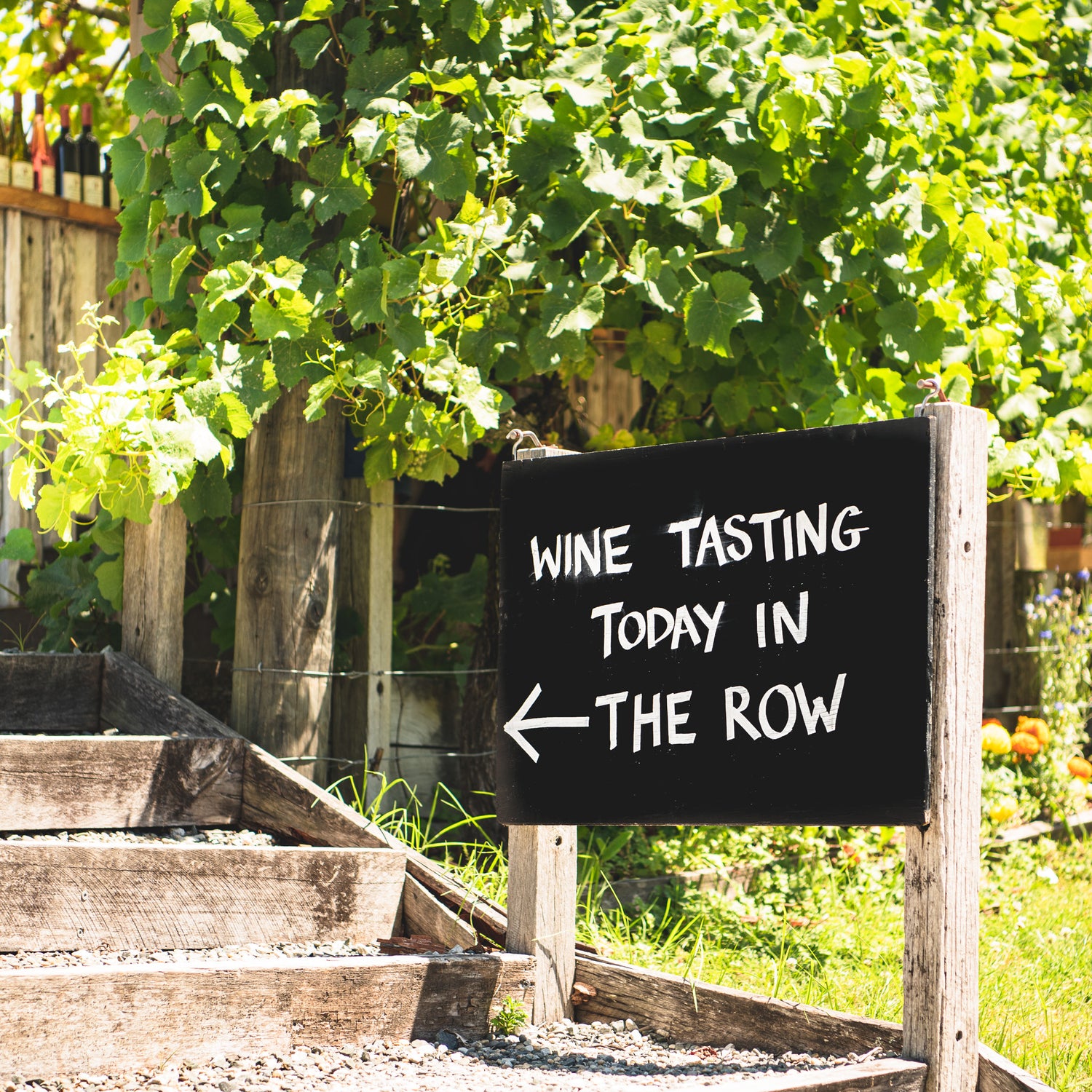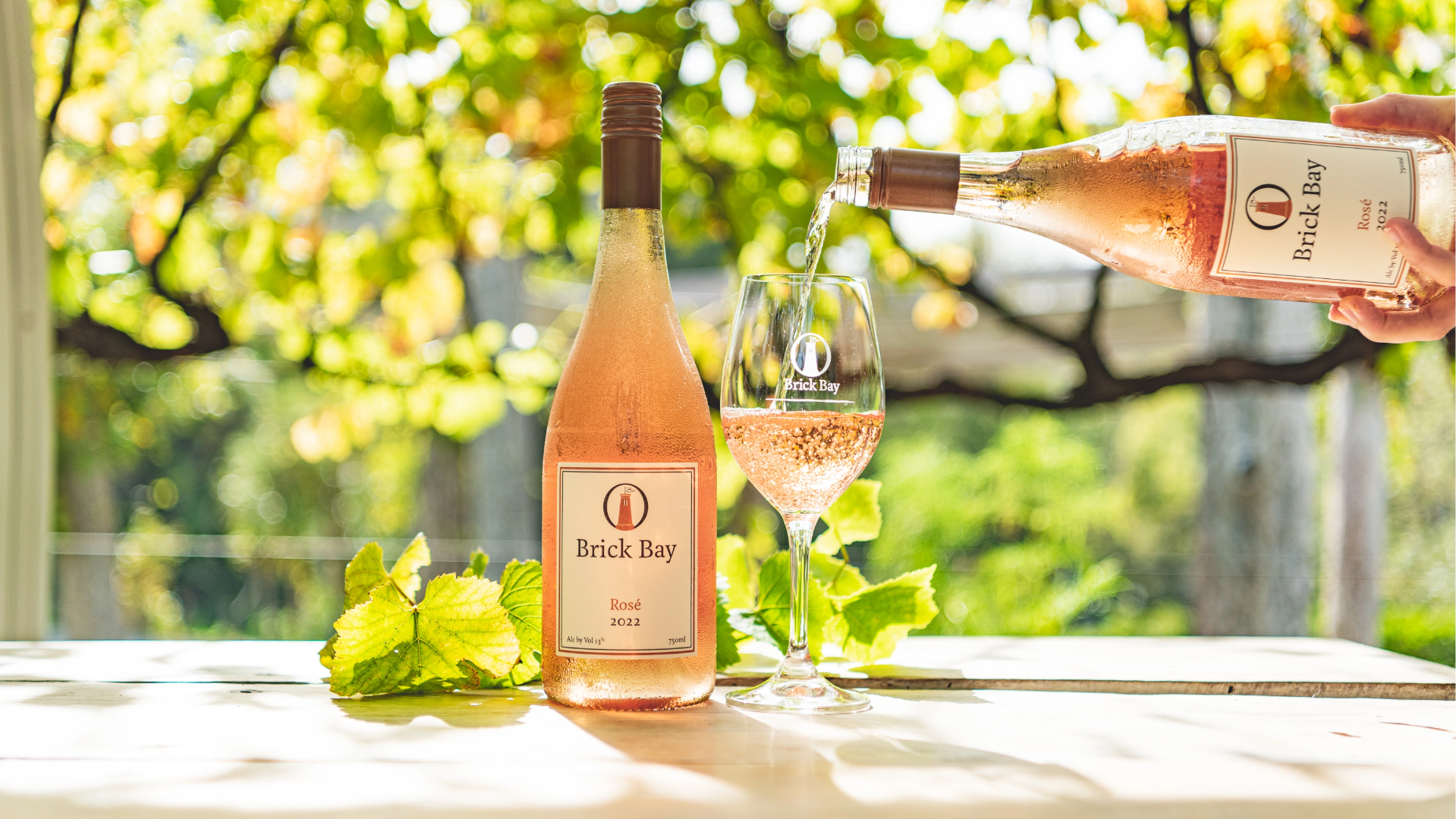
Wine at Brick Bay
Discover Brick Bay’s boutique wines, crafted with care and rooted in our unique terroir. Explore our wines, visit the shop, or join us for a tasting.

Our Wines
Brick Bay’s boutique vineyard planted in 1995, focuses on quality over quantity, crafting each wine to capture the land’s character. We grow varieties suited to our terroir, including Pinot Gris, Chardonnay, and the Bordeaux red varieties of Cabernet Franc, Merlot, Malbec and the rare Petit Verdot.
Brick Bay produces only 1,000-1,500 cases annually to ensure high-quality and distinctive wines. Since our first vintage in 1998, we’ve partnered with West Brook Winery and winemaker James Rowan, to create restrained, elegant wines through minimal intervention and gentle handling, allowing the vineyard’s natural character to shine.
Every glass of Brick Bay wine represents the landscape and season it came from.
Vineyard
-
Our sustainably accredited 4.5-hectare vineyard produces the fruit for our Matakana wines, with each vintage capturing the character of our unique soils, microclimates, and sustainable practices.
Nestled on north-east-facing slopes, our vineyard sits on clay loam soil once used to make bricks, inspiring the name Brick Bay. Warm, humid sea breezes from Kawau Bay encourage steady ripening, while careful trellising and canopy management ensure optimal sunlight and airflow to promote colour development and minimise disease.
-
We dry-farm our established vines, allowing deep roots to access minerals and trace elements, resulting in complex, vibrant flavours. Each vine is hand-tended through the year, from shoot selection to leaf plucking and bunch thinning, ensuring only the best fruit ripens to maturity.
At harvest, a small team handpicks every perfect bunch. With low yields and uncompromising standards, our vineyard produces limited wines of exceptional quality, embodying the essence of Brick Bay.

Wine Tastings
Self-guided tastings are available every day of the week, allowing you to enjoy Brick Bay’s boutique wines at your own pace with detailed tasting notes. If one of our wine experts is available, we’d love to guide you through a personalised tasting experience. Tastings start at $10 per person, with one fee waived per bottle purchased.
Brick Bay Wines Online
Order Brick Bay wines online, delivered directly from our vineyard to your door with convenient New Zealand-wide shipping. Buying internationally? Order here.



